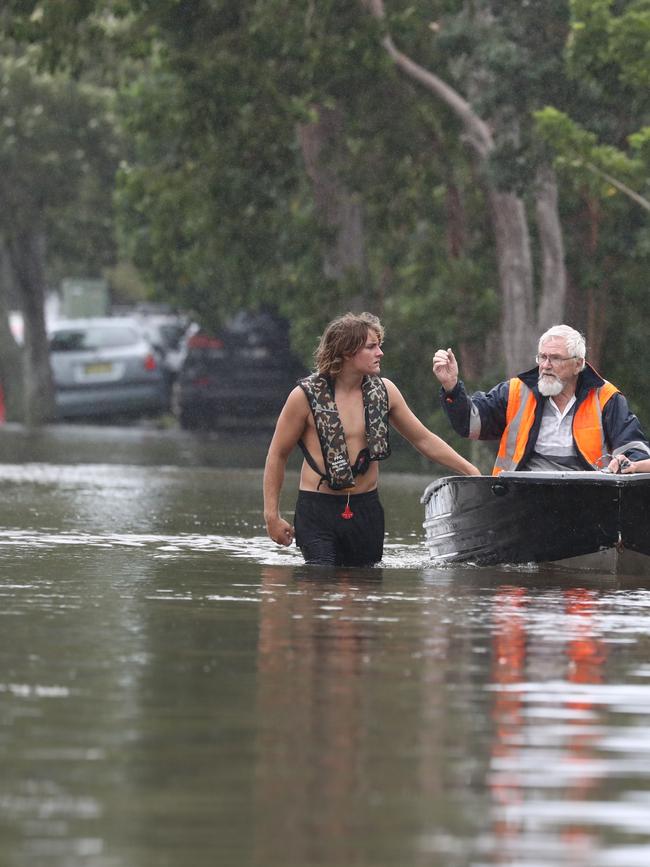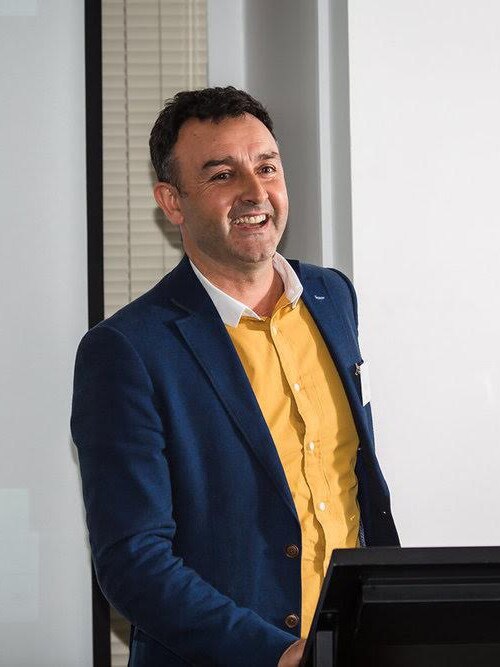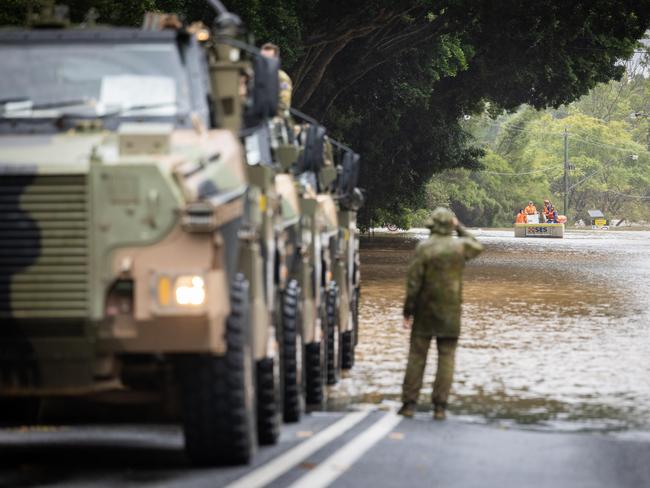NSW, Victoria floods: Australian towns predicted to be uninsurable by 2030
Insurers have already abandoned towns like Forbes, but a risk analysis firm has now revealed there’s far worse to come. See the places effectively uninsurable by 2030.
NSW
Don't miss out on the headlines from NSW. Followed categories will be added to My News.
Six out of every seven properties in some NSW towns will be effectively uninsurable by the end of the decade, according to startling new research.
The shock findings have emerged as the nation’s most highly regarded consumer warrior warned Australia faced a 50-year policy dilemma over flood cover.
After The Daily Telegraph revealed on Tuesday that rural towns such as Forbes and Molong were being abandoned by insurers, modelling from risk analysis firm Climate Valuation showed there is much worse to come.
Its latest research concludes that 86 per cent of homes at Chinderah in NSW’s far north will be uninsurable by 2030.
And more than three-quarters of Coonamble, on the state’s central western plains, will be effectively red-lined – the insurance industry term for declining to offer a policy on a property simply because of where it is.
The definition Climate Valuation uses for being uninsurable is when the cost of building cover would be more than 1 per cent of the replacement value of the home – for example, at least $5000 on a $500,000 structure.
“That’s the point at which you start getting big problems,” Climate Valuation CEO Karl Mallon told The Daily Telegraph.


More than two-thirds of homes in other areas of far northern NSW, such as Ballina and Tweed Heads West, will also be considered high-risk, according to the analysis, which draws on world-leading mapping of intense rain falls.
The most uninsurable place in the nation is Doonan in Queensland’s Noosa Valley (95 per cent high-risk), followed by the Victorian regional city of Shepparton, where 16,000 out of 18,000 properties may be unable to be covered by 2030.
Mr Mallon said some insurers, such as the brands owned by IAG, may be prepared to offer protection on specific properties, because of their ultra-sophisticated modelling.
“Others just don’t have it and basically say ‘we’re getting out of the area’,” he said.

About five per cent of all homes in Australia had a building insurance premium higher than 1 per cent of the replacement cost, Mr Mallon said. That would rise to 10 per cent by 2100.
Former Australian Competition and Consumer Commission chairman Allan Fels, who has more recently held regulatory roles in insurance, told The Telegraph: “It’s a major policy dilemma probably made worse by the unforeseen consequences of climate change which makes La Nina effects worse.
“There are no easy answers and there won’t be for 50 years because a lot of people are locked into their location decisions.”
Professor Fels said that while insurers had a public service obligation to cover everybody there was some justification for not providing policies to the riskiest properties.
Prime Minister Anthony Albanese said Emergency Services Minister Murray Watt was consulting with the insurance sector to discuss remedies for residents in flood-prone areas.
More Coverage
Read related topics:NSW floods





